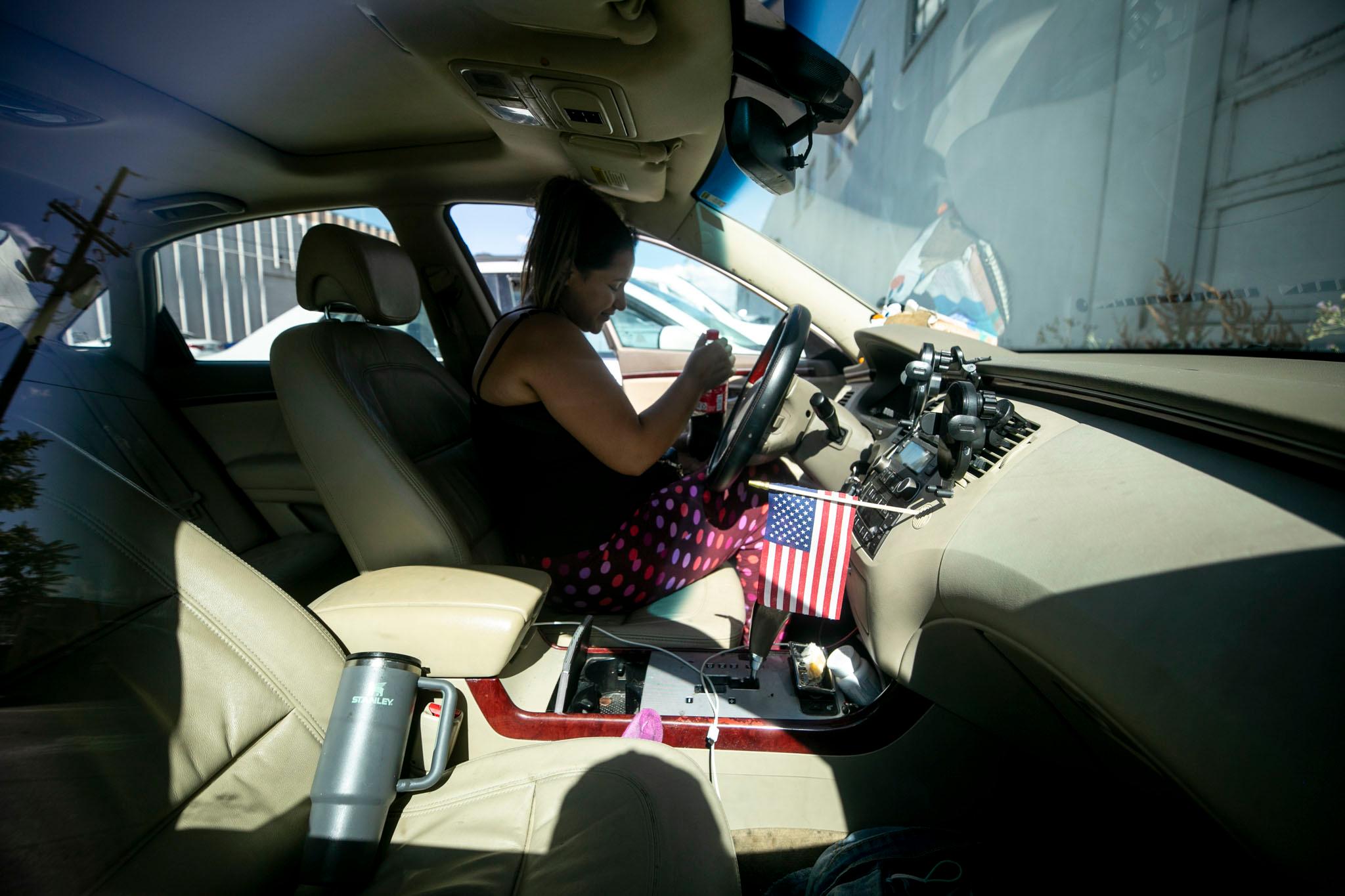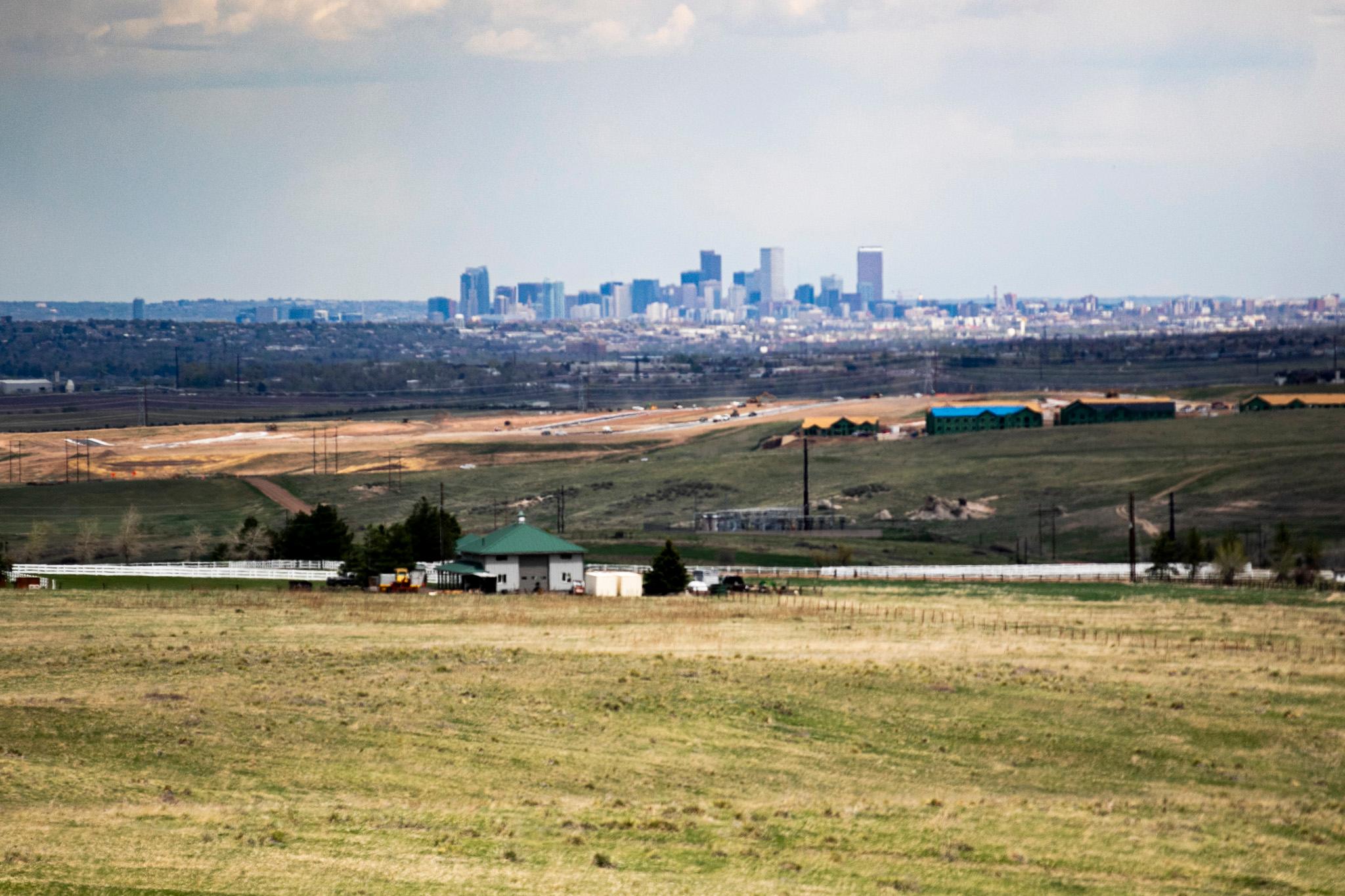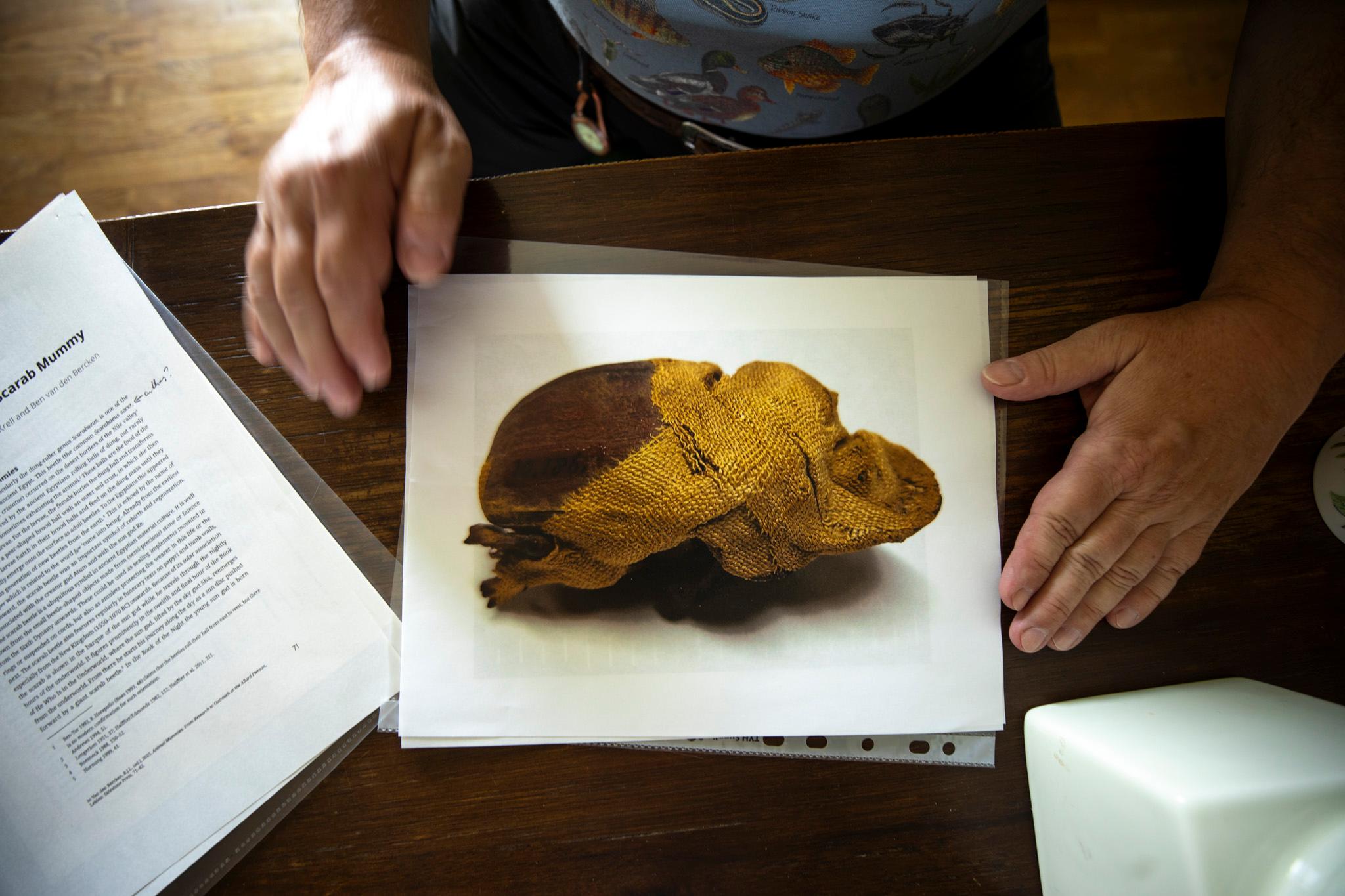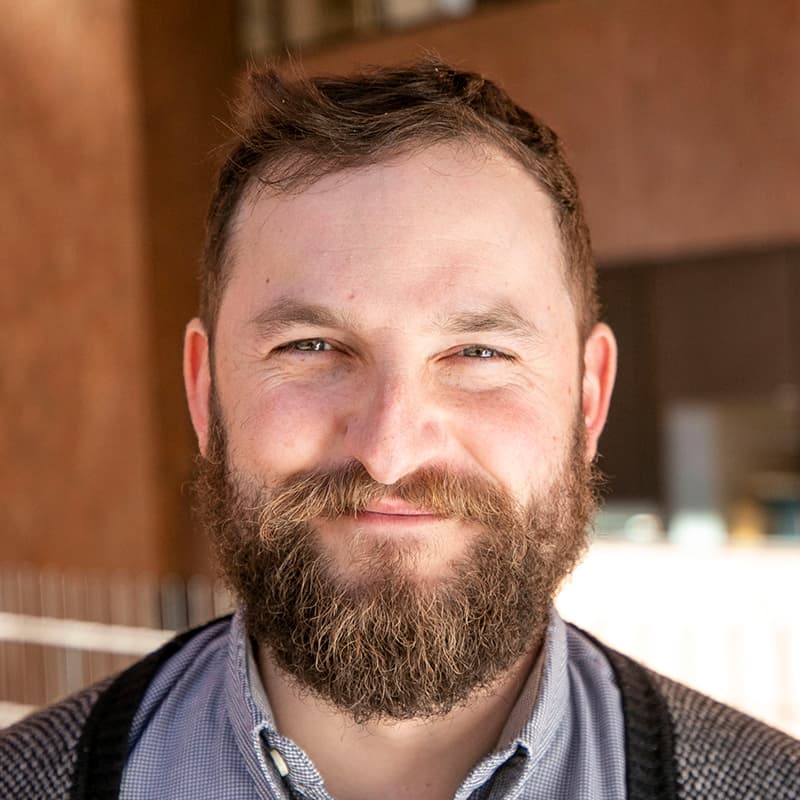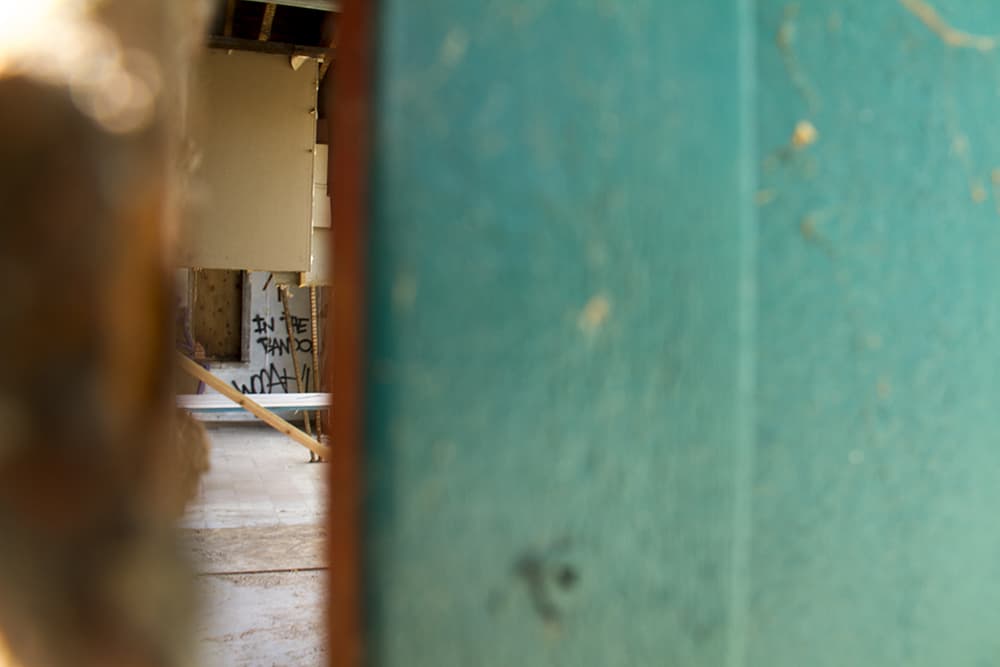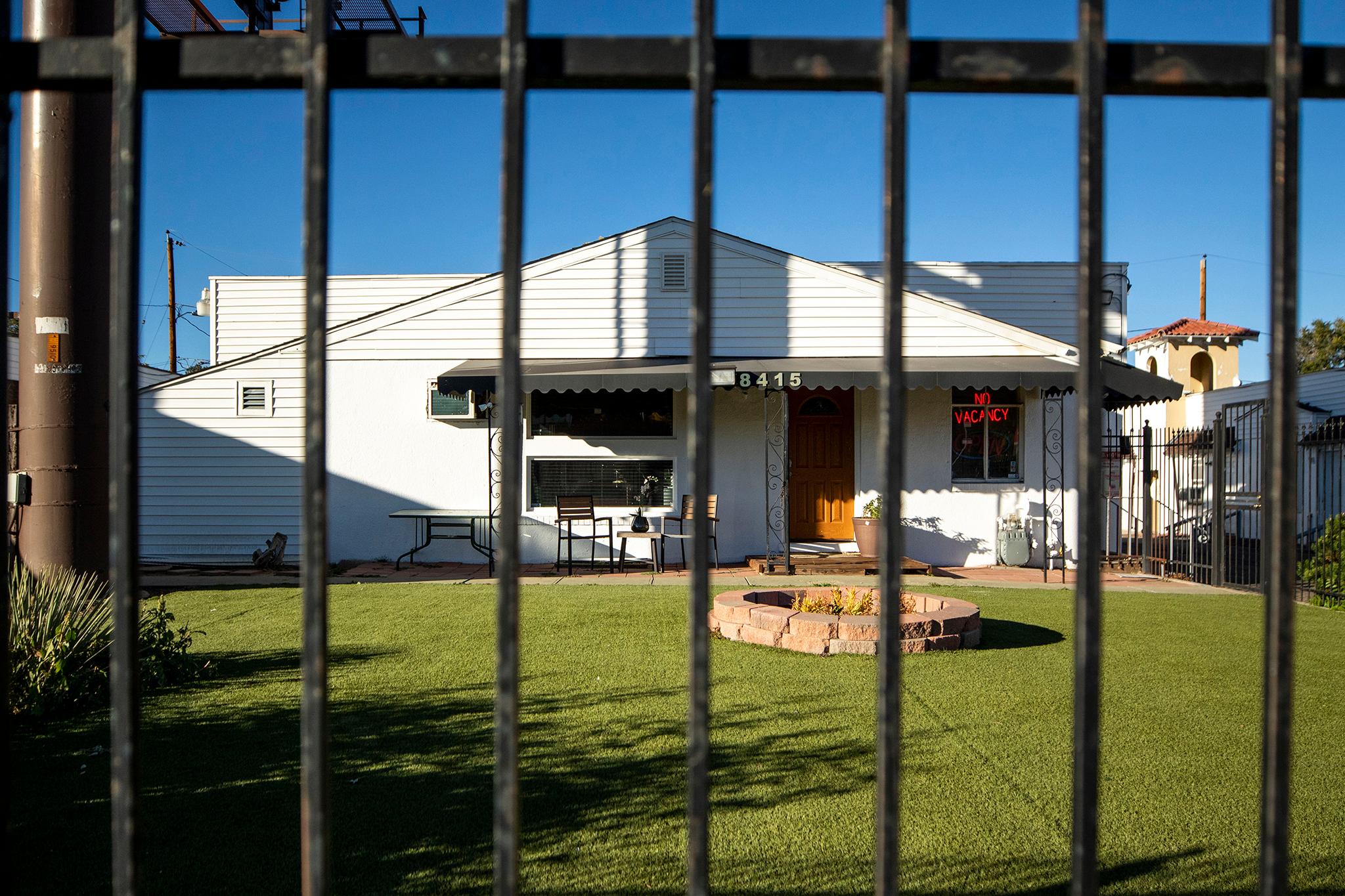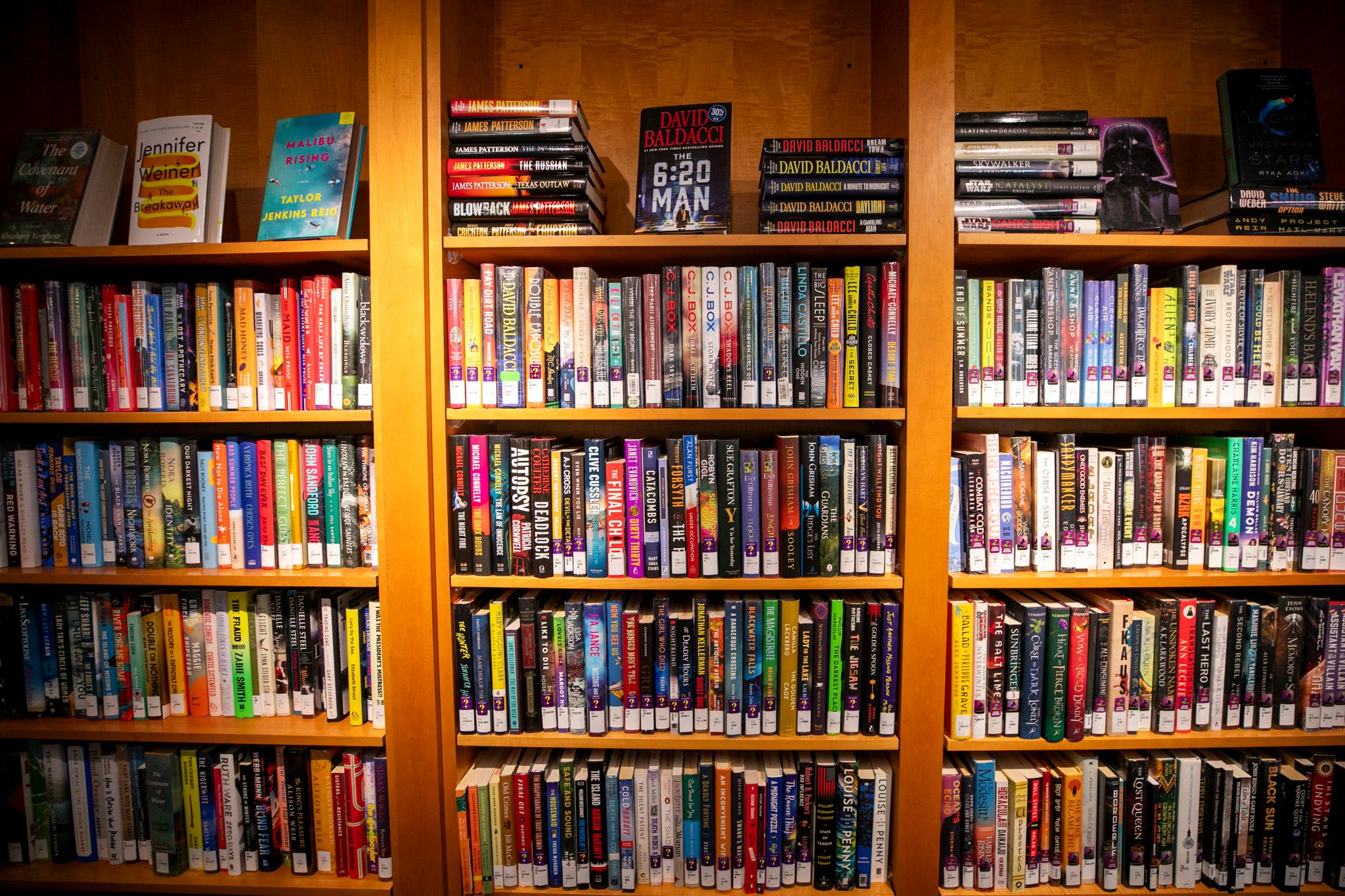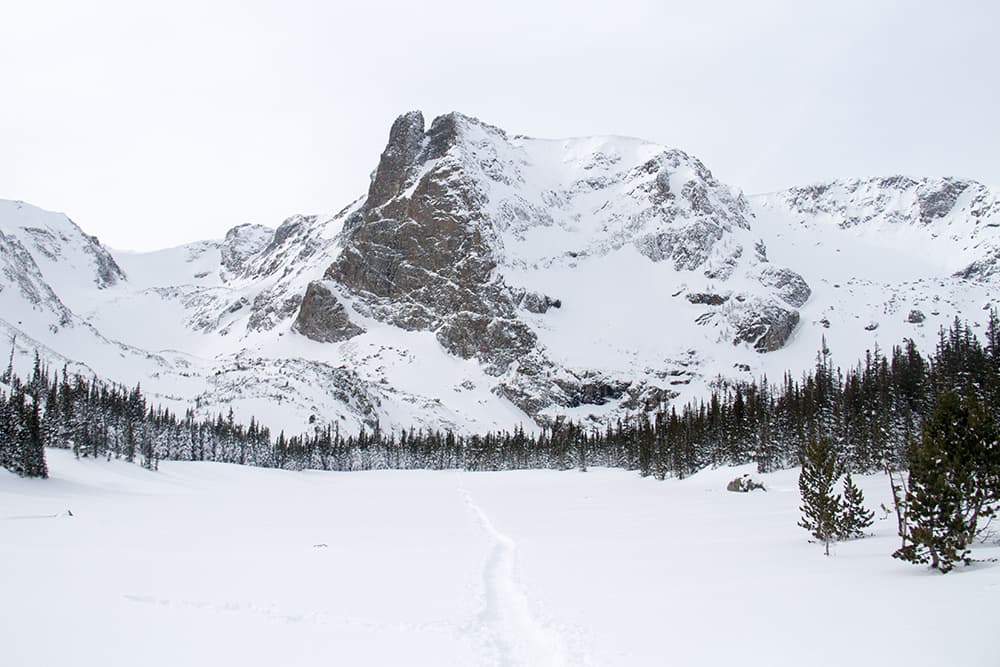
ROCKY MOUNTAIN NATIONAL PARK, Colo.— Rocky Mountain National Park researchers will put GPS collars on more moose this year to study how the animals' growing population uses park habitat.
Officials said Tuesday the six-year study began last year when seven moose were collared. The aim is to put collars on up to 40 moose.
Researchers will also monitor the animals' health.
Officials say the moose population grew after the park began reducing its overgrown elk herds to ease their impact on aspen and willow trees, which provide habitat for many other species.
Moose are wetlands animals and consume significant amounts of willows.

